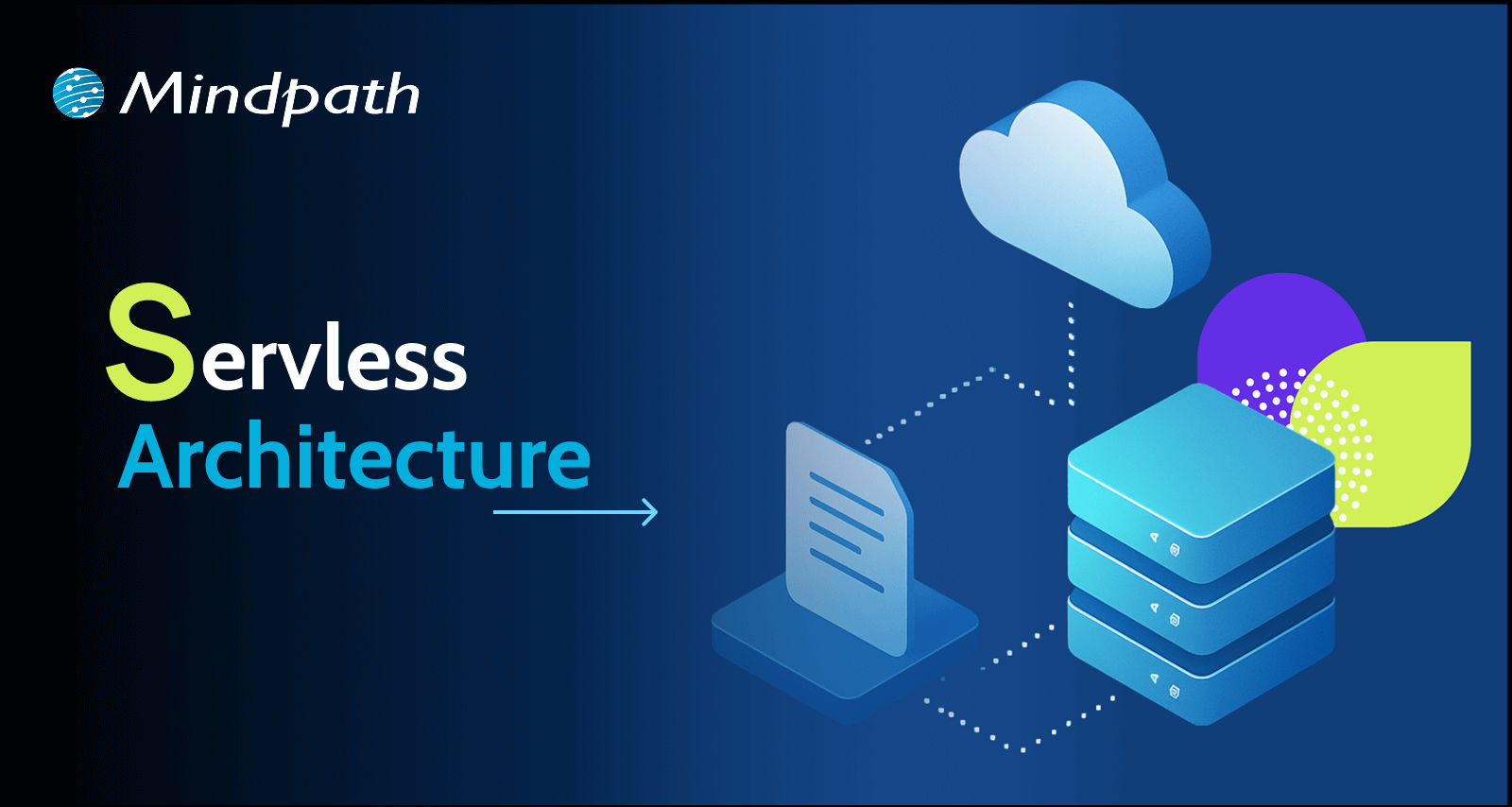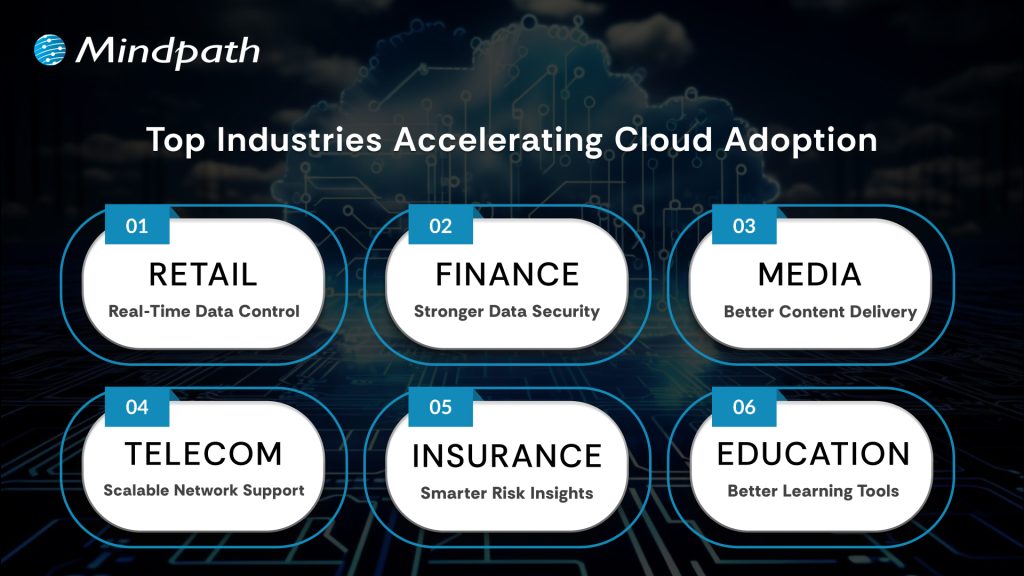Have you noticed how businesses are making more precise and data-driven decisions lately? That’s because big data is playing a huge role in shaping their strategies. But how does big data actually influence decision-making? And why is it so important in today’s digital age? In this blog, we’ll explore how big data is transforming the way decisions are made. So, let’s dive in!
What is Big Data?
Big data is the term used to describe the vast volumes of data that are constantly being produced from a variety of sources, including social media, online transactions, sensors, and more. Big data is unique not just because of its size but also because of its rapid production and diverse variety of data types, which include text, figures, images, and videos. These vast, rapidly rising data sets, often known as the “Three V’s” (volume, velocity, and variety), are too complex for standard data tools to handle. Businesses can use big data to find patterns, trends, and insightful information that can help them make more informed decisions and plans of action.
How Does Big Data Work?
Big data is made up of several kinds of information that are often categorized as semi-structured, unstructured, or structured. Structured data is simple to organize and typically comprises numbers in spreadsheets or databases. Unstructured data, on the other hand, is more difficult to organize as it is more complicated and includes information from sensors, text messages, and social media posts. Semi-structured data is in the middle; it has a certain amount of structure, but it still needs to be more structured than structured data.
Numerous methods exist for gathering this data, including surveys, online transactions, in-store check-ins, and data from applications and personal gadgets. After being gathered, the data is electronically kept in large systems called data lakes or warehouses.
Role of Big Data in Modern Business Decision Making

1. Discover New Opportunities
Regardless of how much information you currently possess, there is always more to learn. Big data and analytics are essential tools in today’s fast-paced corporate climate for helping organizations evaluate their existing performance and create development strategies.
Big data and business analytics allow organizations to improve their marketing efforts and identify possible growth prospects. With this method, companies can discover areas where their strategies are lacking and potentially profitable undiscovered markets. Additionally, by using data-driven insights, organizations can maximize their resources, make well-informed decisions, and eventually obtain a competitive advantage in their respective sectors. Adopting big data’s potential encourages creativity and adaptation in a market that is always changing, in addition to helping in the discovery of new customers.
2. Gather Customer Feedback
Big data tools and analytics are important for collecting and evaluating client input, helping you to make informed decisions. For instance, you manage an online clothes business, and your products consistently earn positive reviews. But a lot of customers complain about the shipment timeframes and say they might not buy from you again because of the delays.
Using big data to analyze this feedback allows you to uncover common themes and highlight particular issues influencing customer satisfaction. This research can show that the issue is more prevalent in areas or at particular times of the year, such as during the holiday shopping season. Armed with this information, you can take steps to optimize your shipping procedures, improve customer relations by informing them of arrival schedules, and ultimately improve their entire experience. You can boost repeated business and foster client loyalty by aggressively resolving these issues.
3. Spot Trends
The capacity to find patterns that improve decision-making is a key benefit of big data and business analytics. Businesses can find patterns and reoccurring problems in their operations or consumer behavior by analyzing massive data sets. This knowledge enables businesses to ensure that decisions are data-driven by providing strong evidence to support their solutions.
It is advantageous for organizations to identify issues and provide data to support solutions since it allows them to monitor the success of their efforts over time. Organizations can determine if their tactics are having little to no effect, managing problems successfully, or enhancing overall performance by keeping an eye on these trends. In the end, identifying and acting upon these patterns enables companies to make wise decisions that result in improved performance and more prosperous operations.
4. Evaluate Product Suitability
The key to assuring the success of an organization or product is to understand current market trends, analyze competitors, and know where a product is in its entire lifespan. By employing big data analytics, companies can analyze enormous volumes of data and forecast customer behavior, market swings, and price patterns.
Organizations can make well-informed judgements about their services and more effectively adjust to shifting competitive circumstances by utilizing this information. To achieve the ideal product-market fit, which enables companies to successfully customize their goods and strategies to match client wants, predictive analysis is essential. Big data and business analytics, in the long run, are essential for improving decision-making and assisting businesses in remaining relevant and competitive in ever-changing markets.
5. Measure for Better Management
In marketing, using business analytics and real-time data is essential for making informed decisions on the effectiveness of ongoing programs. Marketers can quickly optimize their plans when they have instant access to information on which efforts are successfully raising brand awareness, producing quality leads, and closing deals.
Businesses can more effectively manage their marketing dollars by concentrating on the channels and strategies that yield the best results by examining these data. This strategy maximizes revenue effect while improving total return on investment (ROI). Marketing teams wouldn’t be able to see how their efforts affect the bottom line of the company if big data and business analytics hadn’t given them the insights they needed to work alone.
Leveraging Big Data at Mindpath
Wrapping Up!
In today’s digital world, big data is transforming the way organizations make choices. Organizations can discover new possibilities, get insightful customer input, see trends, evaluate the applicability of their products, and measure performance more accurately by using large volumes of data. In a competitive environment, this data-driven strategy fosters creativity and adaptation in addition to improving decision-making.
At Mindpath, we are aware of the enormous potential that big data has for enhancing our services and guiding our strategy. We can optimize our products, gain a deeper understanding of our clients’ demands, and ultimately raise customer satisfaction through data analysis. As we continue to harness the potential of big data, we are dedicated to exceeding client expectations and setting the standard for the industry.
Is your business ready to harness the power of big data?
At Mindpath, we specialize in leveraging data-driven insights to elevate your decision-making and drive success.














